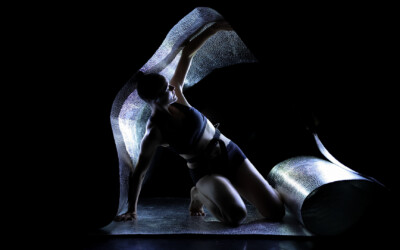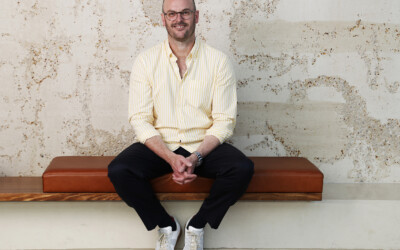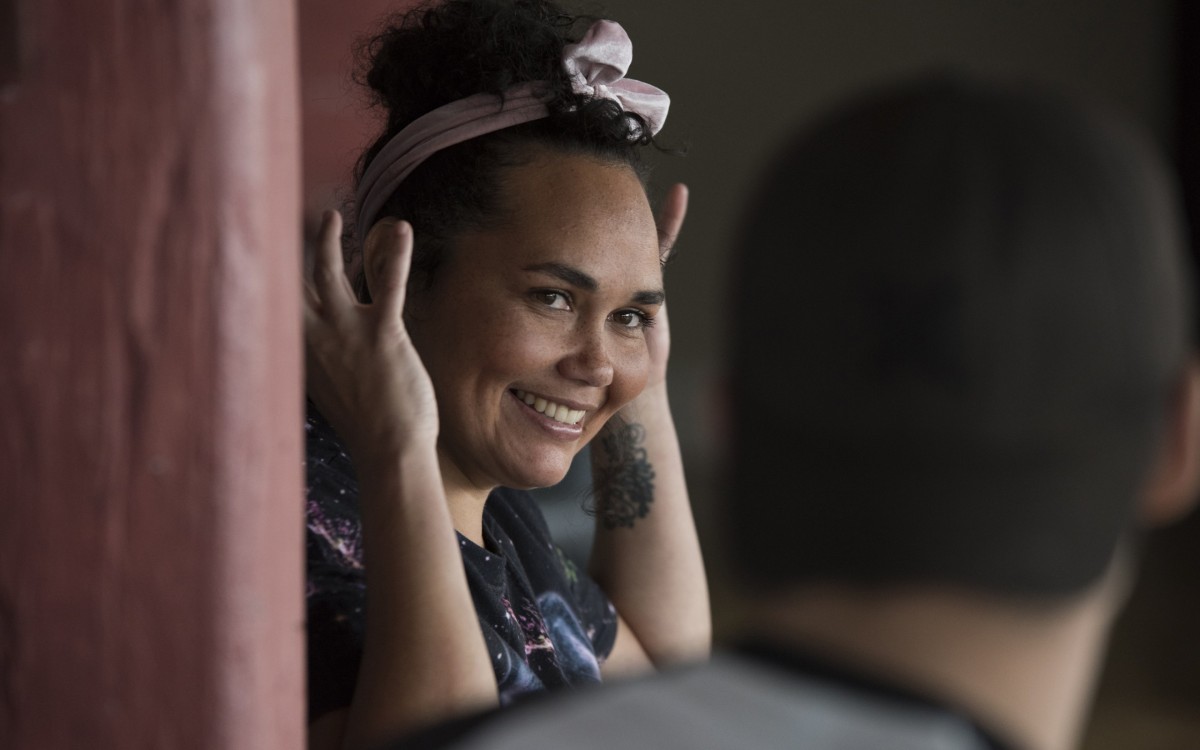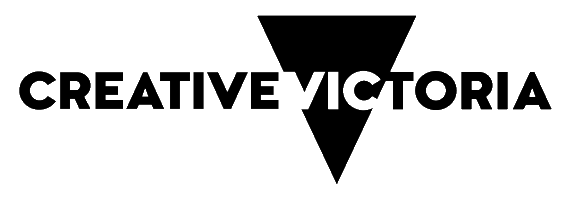We have just started working with Adena Jacobs, Damien Ricketson and Sydney Chamber Opera on their extraordinary collaboration The Howling Girls.
A wordless experimental opera, the work is striking and confronting, seamlessly fusing choral and electronic instrumentation with stunning visual design.
Ahead of their pitch at the Australian Performing Arts Market, we sat down with composer Damien Ricketson to dive deep into this intriguing new show.
More about the show












